|
DNA barcoding is an essential component of marine science. The importance of fish DNA barcode data has grown substantially over the past few decades. Such data has been critical in tracking seafood fraud, eDNA projects looking for critically endangered fish, understanding the evolutionary history of fishes, and understanding basic fish diversity of a region. Numerous fish barcoding projects have been undertaken, focused on specific regions with unique assemblages of fish, such as the waters of Australia, Canada, Turkey, India, Cuba, and more. While many fish have DNA sequences publicly available on genetic databases, there is a seemingly endless need to sequence more fish from different regions.
The process of DNA barcoding is relatively straightforward at this point. Muscle tissue samples are collected from a representative fish, and that specimen is preserved and archived as a voucher for later study. The DNA from that muscle tissue sample is extracted and amplified. Then, the 5’ end of the cytochrome oxidase subunit one gene, the “barcode of life” gene, is sequenced. Once the sequence of As, Gs, Cs and Ts of that fish’s CO1 gene are known, they are uploaded to one of a few major DNA sequence databases for archival. The biggest database, and the one most frequently used in fish genetics, is GenBank, though there are a few other more specialized databases around (such as the Zebrafish Information Network). We undertook a project to DNA barcode fish from the Arabian Gulf. In total, we sequenced CO1 from 339 specimens from 117 species that occur in the Gulf. Eighteen of these sequences were novel barcodes of fish species that had not previously been sequenced anywhere in the world. This study provided region-specific CO1 sequence data for these species. Such data can be very beneficial for researchers studying the evolutionary history of widespread taxa – that is, they can include our data of Gulf fish with data from other regions of the world in their phylogenetic analyses to see if the Gulf fish differ significantly from other regions. The results of the study not only provide a wealth of DNA sequence data for other researchers to freely use, they also helped to identify some inconsistencies in taxonomy of Arabian Gulf fishes. Our analyses of these data suggest that there actually may have been 119 to 137 species in our study, which is interesting since, based on morphology, we only identified 117 species. This suggests that there may be cryptic speciation in some of these species. For example, the nine specimens we sequenced of the Malabar Trevally, Carangoides malabaricus, were recovered in two separate clades in our phylogenetic reconstruction of all of our sequence data (a phylogenetic reconstruction of all 339 species). This indicated that what we nominally identified as the Malabar Trevally actually represents two distinct species. Now, we (or someone else) can investigate the taxonomy of this genus to see if there really is a new species in the Gulf. Hopefully, this work will assist others investigating Arabian Gulf fishes. There is much work to be done on the taxonomy and evolutionary history of Arabian Gulf fishes, as we point out in the paper. Our results may also assist in eDNA projects, identifying fish eggs and larvae, and have other uses in the conservation and ecology of Arabian Gulf fishes.
2 Comments
|
AuthorWrite something about yourself. No need to be fancy, just an overview. Archives
June 2022
Categories |

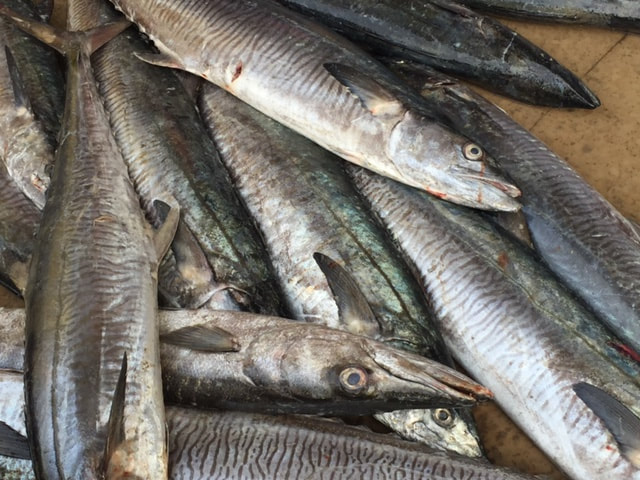
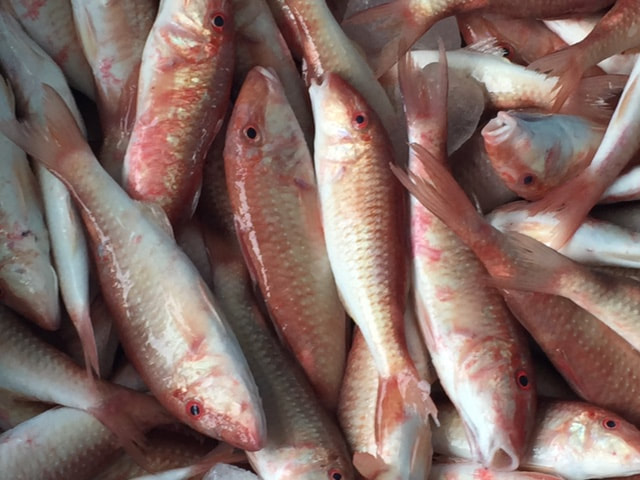
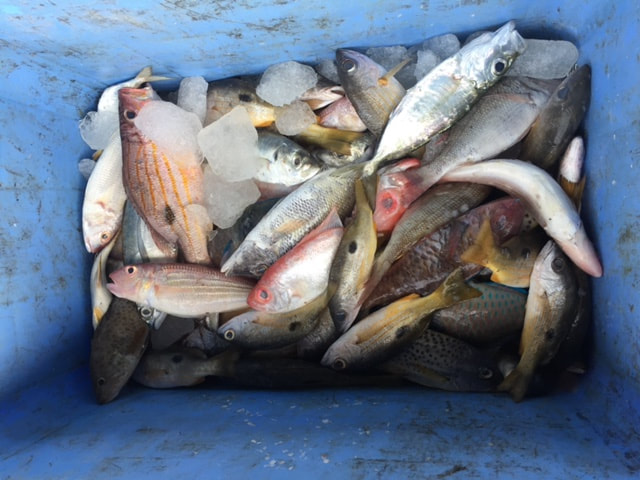
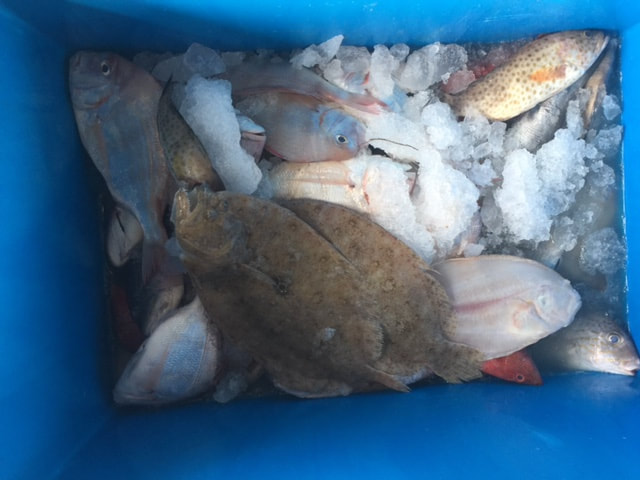
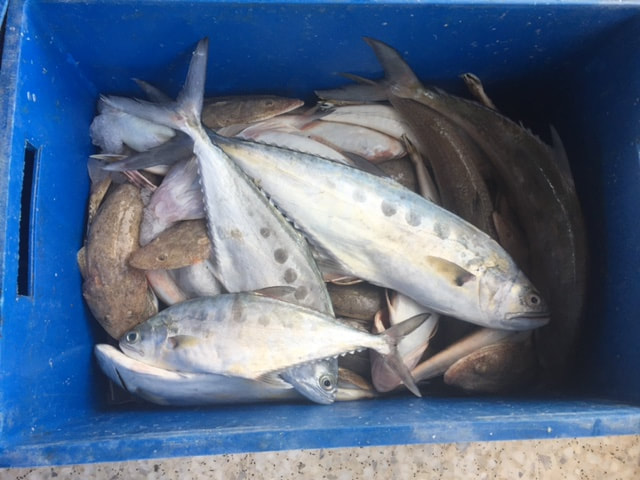
 RSS Feed
RSS Feed